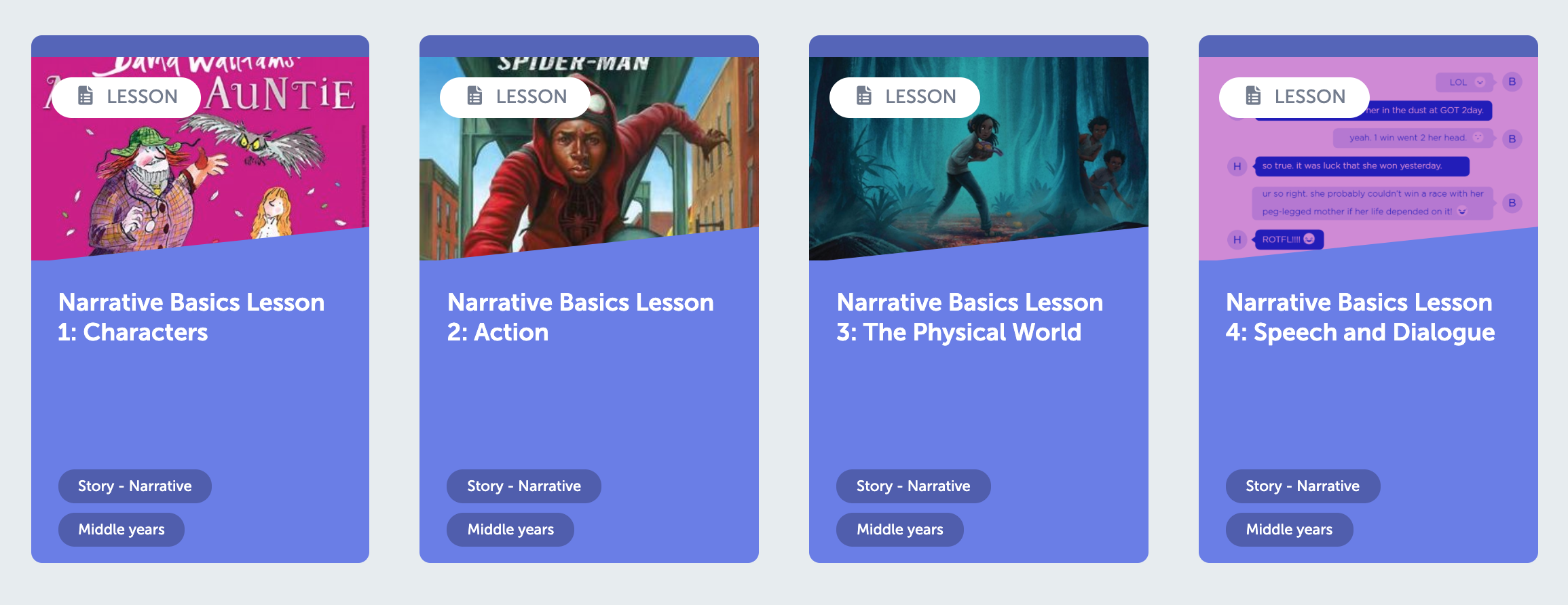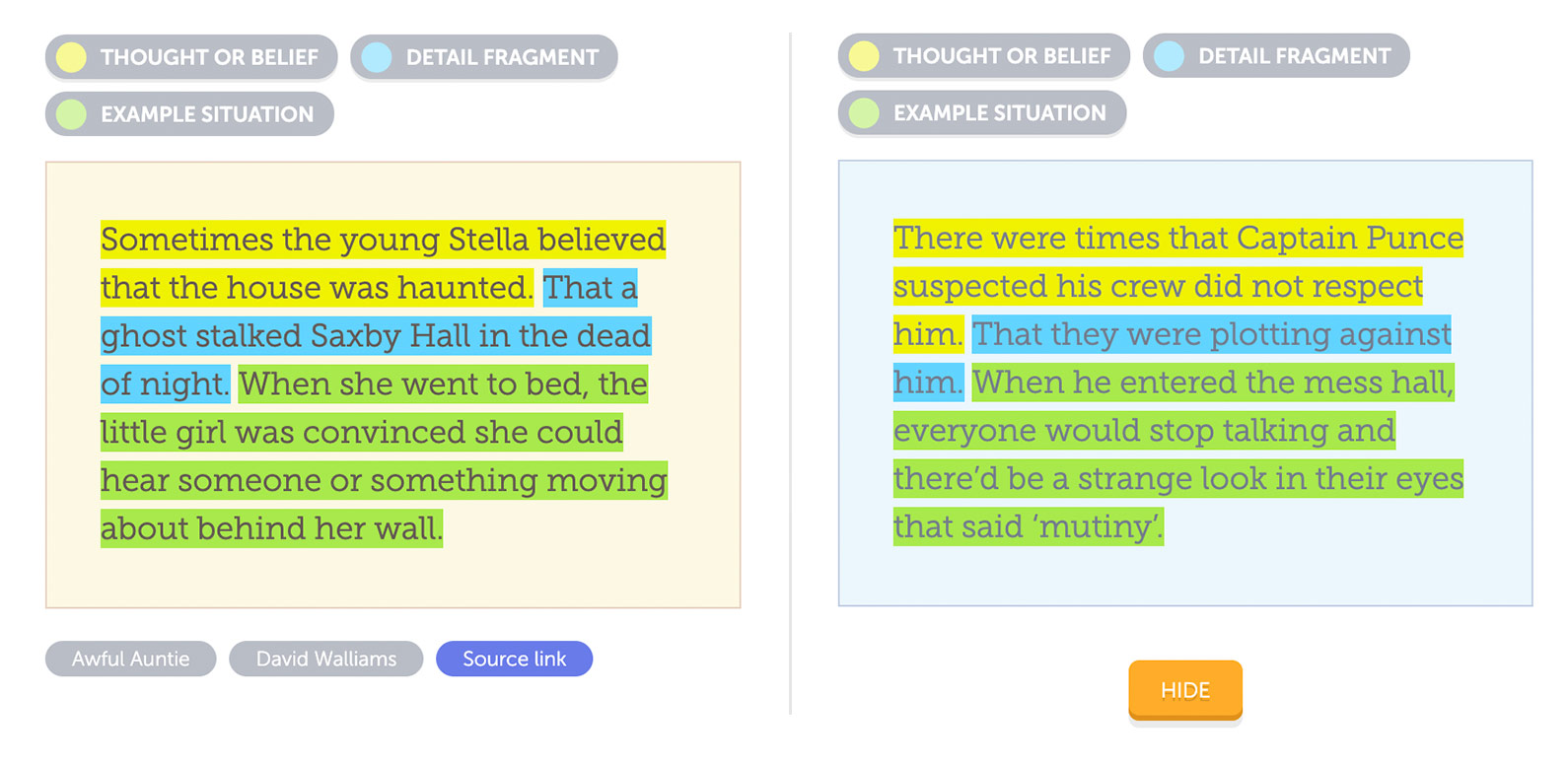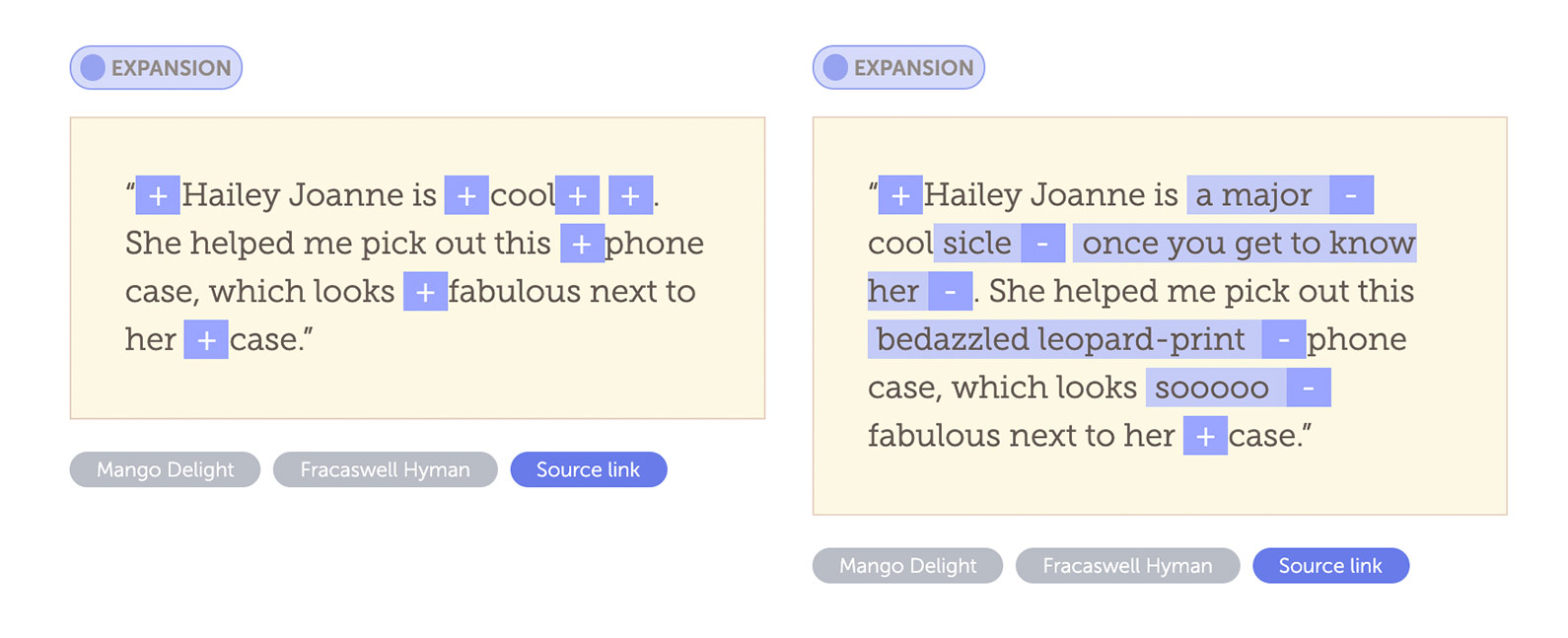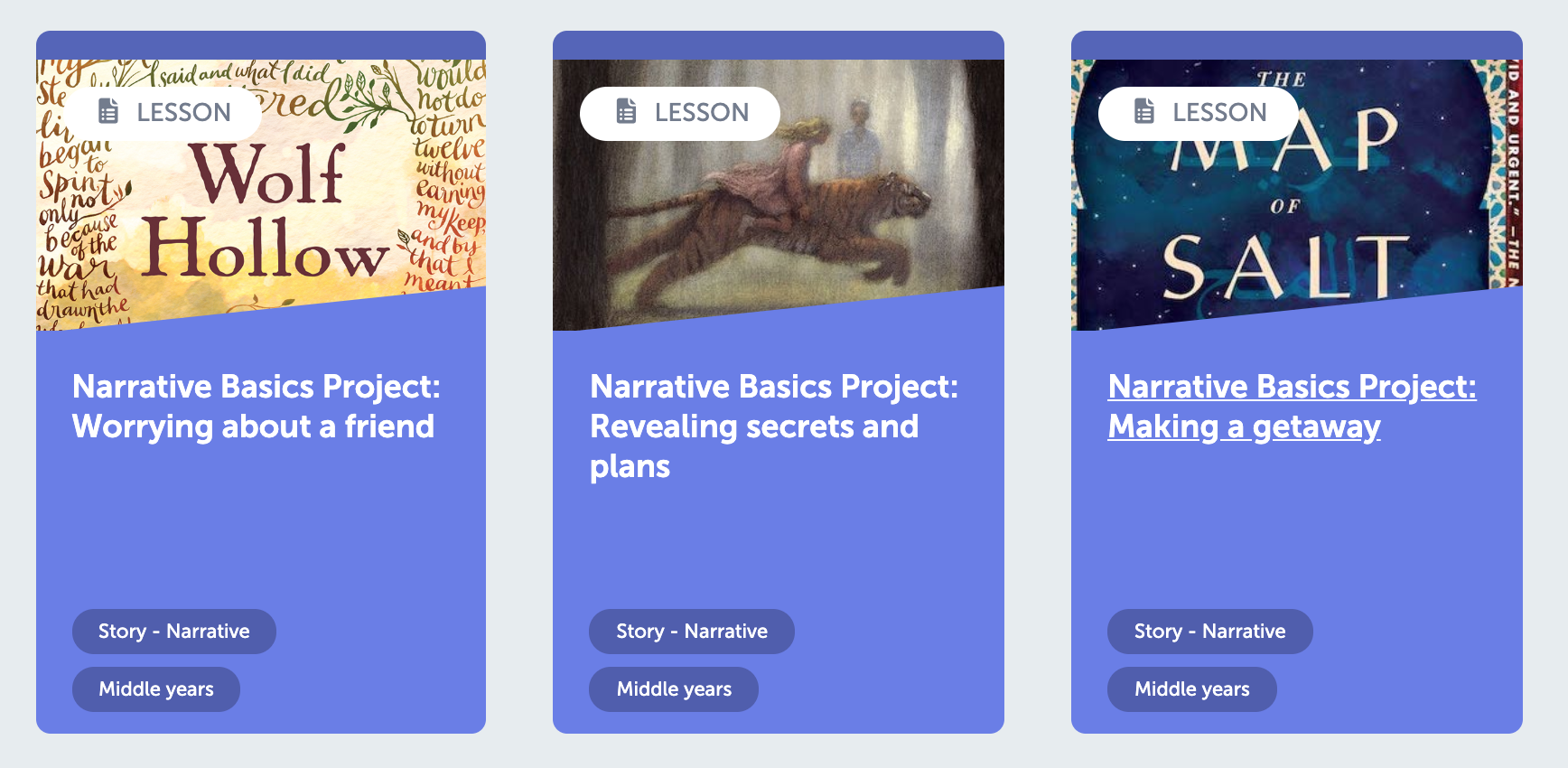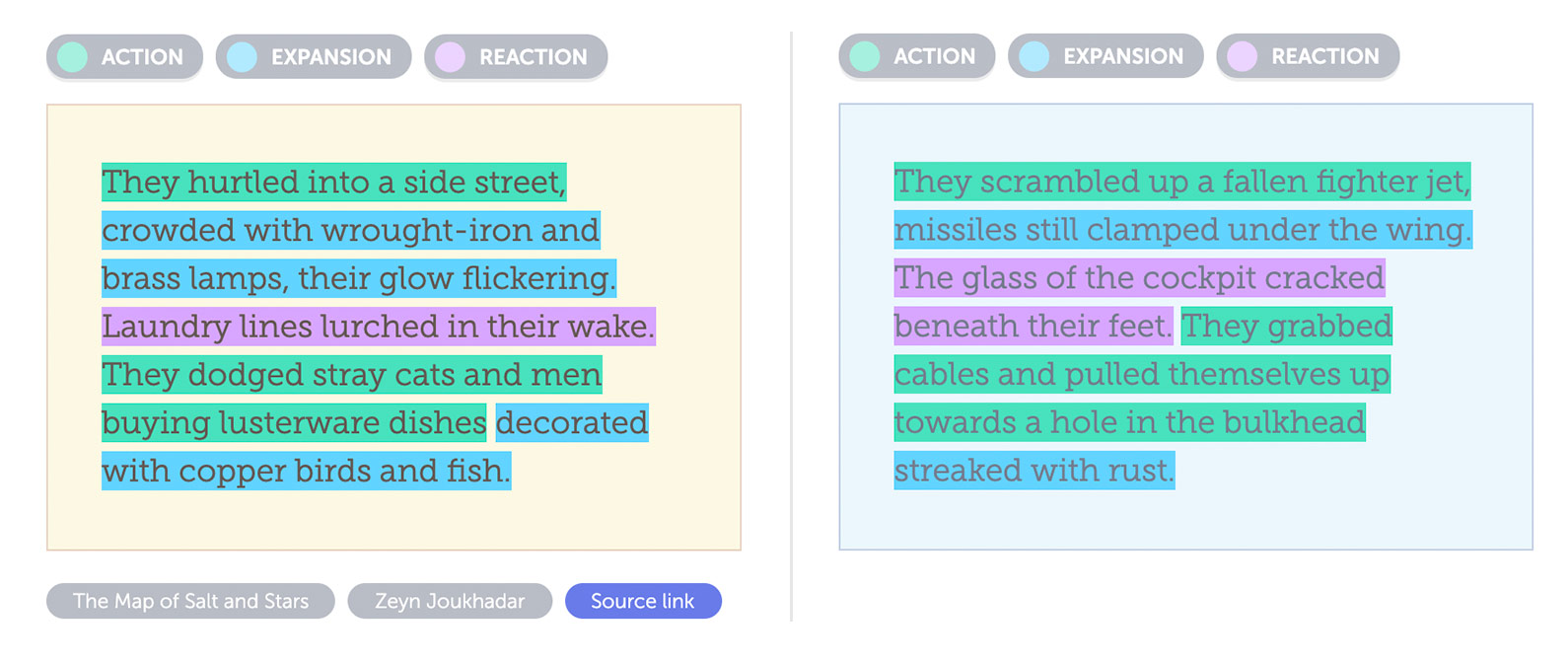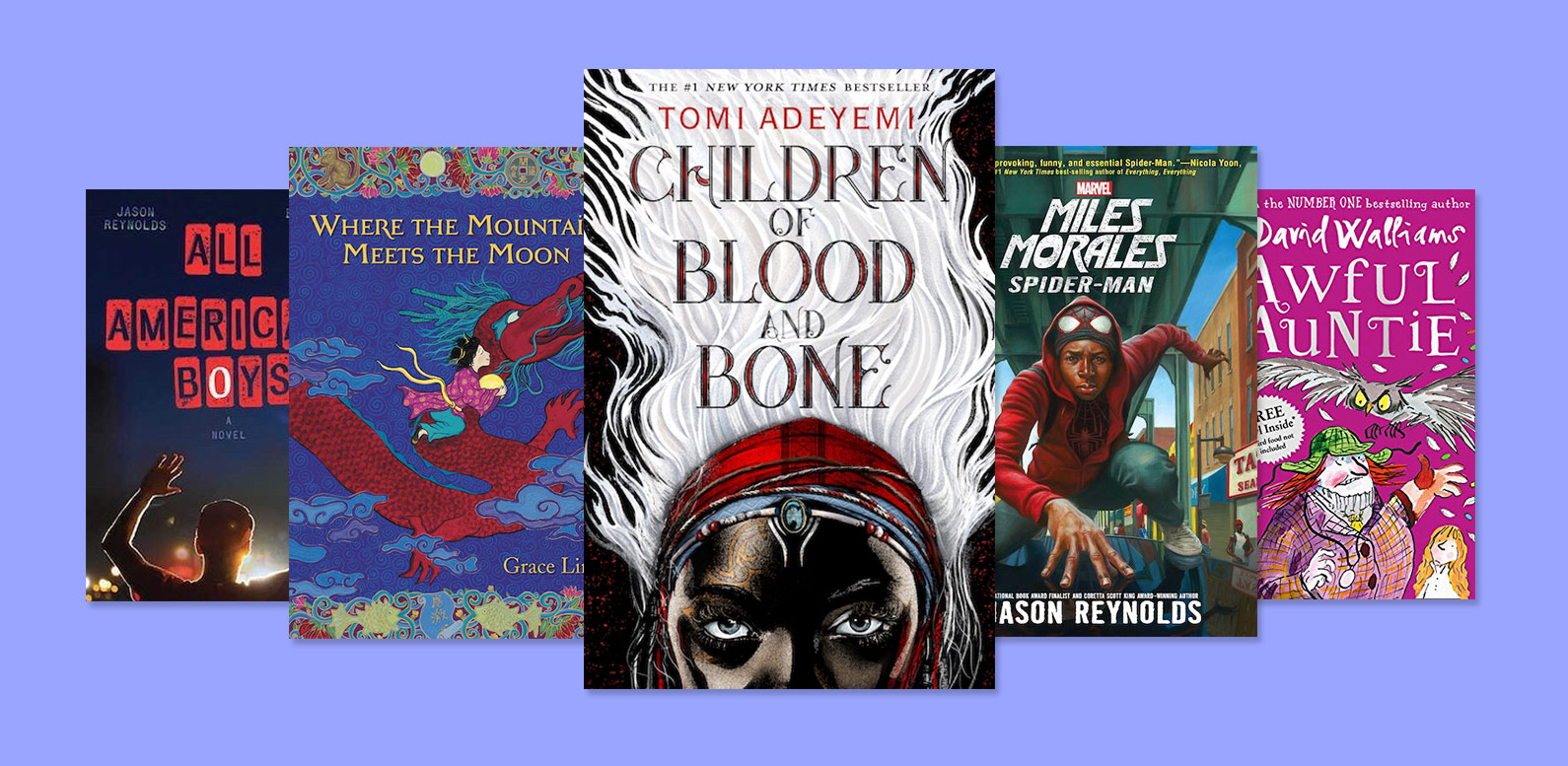We’ve made a new course as part of a foundation collection in Middle Years creative narrative writing, called Narrative Basics.
The course has four overview lessons:
And three project lessons:
Overall these lessons are designed to develop observational skill, sequencing of detail, summary vs expanded description, voice, and overall narrative control.
The overview lessons
Of course, everyone knows that stories have characters, action, and so on.
What’s the Writelike angle?
We want to open students’ minds to the range of dimensions on which characters, action and the physical world can be described: not just physical details, but behaviour, beliefs, history, relationships—even authorial judgments.
With dialogue, we want to show how speech is a form of dramatic action (as well as talk about some technical ideas, such as the difference between direct and reported speech, and how expansion is used to create voice).
If the overview lessons sound like they cover familiar territory, take a closer look. You might be surprised at the nuance.
The project lessons
These three lessons pull together threads from the overview lessons and weave them into short-passage projects.
Each lesson takes a 1-2 paragraph snippet from a novel (Wolf Hollow by Lauren Wolk, The Tiger Rising by Kate DiCamillo, and The Map of Salt and Stars by Zeyn Joukhadar). Each snippet demonstrates a combination of character, action, world and dialogue, but the lessons focus on broader narrative intent: worrying about someone, revealing a secret, making a getaway.
We break the snippets down into smaller chunks, get students to rewrite them piece by piece, and then join them back together at the end to see what they’ve come up with.
They’re a nice summative activity for the course, and a good way for students to stretch their wings.
Who are these lessons for?
We’ve tagged these as Middle Years lessons, but a lot of the content could easily be considered Young Adult. These lessons could work anywhere from Grade 5-10+, depending on the ability and interest of the students, and the level of teacher support.
(The most middle years part of the content is the Characters lesson, which leans heavily on David Walliams and Roald Dahl.)
Overall
These lessons are a great foundation for any narrative writing, particularly creative writing in middle years. And narrative writing is itself an excellent and accessible foundation for other types of writing. Reports, analyses, arguments—these all require observation, selection of detail, sequencing, elaboration, and sometimes storytelling within the piece.


